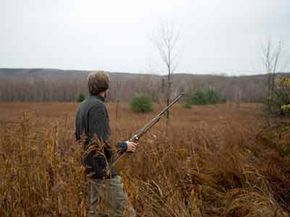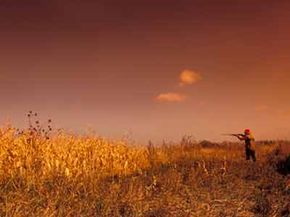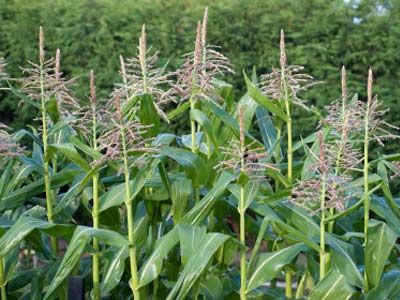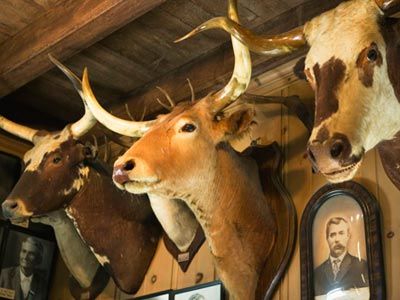With public land in short supply, hunting leases are becoming more common every year. While the concept of a hunting lease is pretty basic, the details of one are anything but. In essence however, a hunting lease is an agreement between a private landowner and a hunter, which specifies the terms permitting the sportsman to come onto the property and hunt. In this article, we'll be looking at a number of aspects involved in hunting leases, including what's generally contained within a lease, who should be consulted in the process of drawing up a lease, how much should be charged for a lease and some of the pros and cons of the practice.
Modern hunting leases first caught on in the southern United States with some of the earliest examples occurring in Texas in the 1930s. As public access to land has grown increasingly scarce, the practice has achieved astronomical new levels. Between 1989 and 2000, the total amount of money spent by U.S. sportsmen to lease hunting grounds doubled, reaching $625 million dollars in 2000 [source: Burden]. A 2001 survey conducted by the U.S. Fish and Wildlife Service reported that 982,000 hunters in the country leased hunting land, averaging about 229 acres each at an average rate of $2.27 per acre [source: Taylor].
Advertisement
And why are all these hunters shelling out hundreds of dollars apiece just to lease a little patch of land? There are a number of potential motivating factors. For example, when hunting season opens, what public land is available for hunting can turn into quite a hotspot. If hunters lease private land, they have some say about the hunting conditions, whether this means less interference from other sportsmen or a less hectic and higher quality hunt. Some believe they achieve a richer fair-chase hunting experience on leased land, and others are looking for hunting grounds with bigger or more exotic game than they could find on public lands near them.
Whatever the reason, leases are often the way to go when hunting season opens. On the next page, we'll take a look at the different kinds of leases a landowner might offer.
Advertisement





